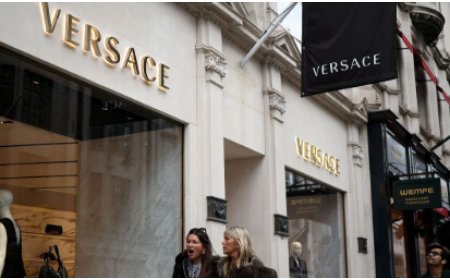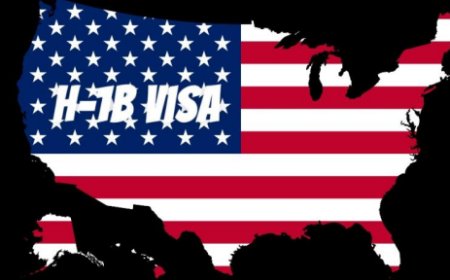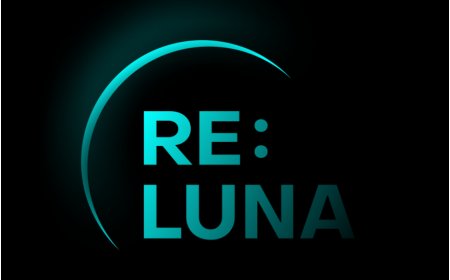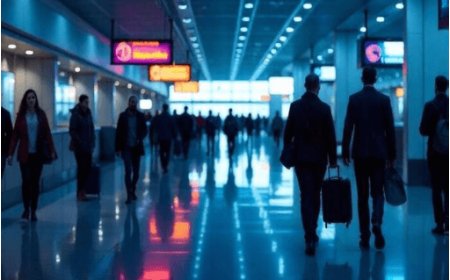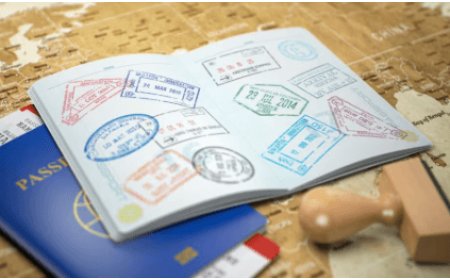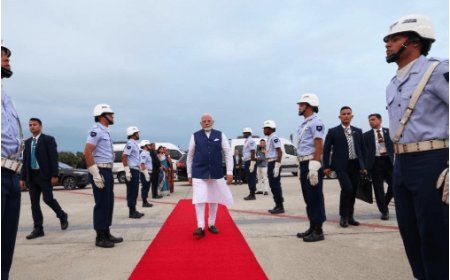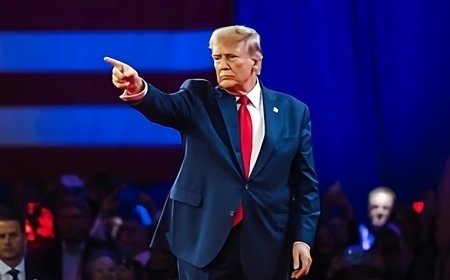U.S. Imposes $100,000 H-1B Visa Fee, Triggering Global Concerns Over Growth and Innovation
A $100,000 H-1B visa fee sparks global debate, raising concerns over innovation, talent access, economic growth, and America’s global competitiveness.
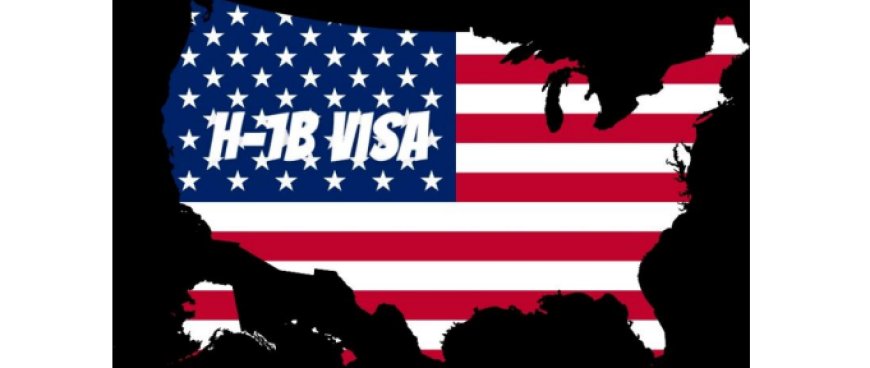
Introduction: A Costly Shift in U.S. Immigration Policy
The U.S. government has announced a dramatic change to its immigration policy by introducing a $100,000 fee for H-1B visa applications, sparking immediate backlash from the technology industry, multinational companies, and economists.
The new fee, aimed at discouraging excessive visa dependence and generating revenue for domestic programs, is seen by critics as a measure that could undermine innovation, disrupt labor markets, and weaken America’s competitiveness in the global economy.
Understanding the H-1B Visa’s Importance
The H-1B visa has long been a cornerstone of U.S. immigration, allowing skilled foreign workers — especially in technology, healthcare, and engineering sectors — to contribute to the American economy.
-
Each year, more than 85,000 H-1B visas are issued.
-
A large share goes to Indian and Chinese professionals.
-
These workers play key roles at tech giants like Google, Microsoft, and Amazon, as well as thousands of startups.
With the introduction of a $100,000 fee per application, the landscape for skilled migration has shifted dramatically, raising serious questions about accessibility for both workers and employers.
Industry Backlash: “A Barrier to Innovation”
Technology companies have reacted strongly, calling the move “a direct barrier to innovation.” Many argue the fee will discourage companies — especially small and mid-sized businesses — from hiring foreign talent, even when U.S. labor markets face critical skill gaps.
Industry groups warn that:
-
Innovation pipelines will slow as startups and SMEs are priced out of sponsoring talent.
-
Tech giants may shift operations abroad, where hiring foreign workers is easier.
-
Brain drain may rise, as professionals choose Canada, the UK, or Singapore.
Analysts say this could hurt U.S. competitiveness in AI, biotech, and advanced engineering sectors.
Economic Concerns: Productivity and Growth at Risk
Economists caution that the fee hike could bring wide-ranging consequences.
H-1B workers have historically:
-
Increased productivity,
-
Boosted domestic wages,
-
Contributed to innovation through patents and startups.
The new policy could lead to:
-
Reduced labor supply in industries with talent shortages.
-
Lower productivity growth, as businesses struggle to fill roles.
-
Higher costs of doing business, slowing expansion plans.
Some estimates suggest that even a 30% cut in H-1B sponsorships could cost the U.S. billions in annual GDP growth.
Global Ripple Effect: India and Beyond
India, the largest source of H-1B applicants, is expected to be hit hardest.
-
IT companies like Infosys, TCS, and Wipro depend on the visa.
-
The $100,000 fee could force them to shift more work offshore or pass costs onto U.S. clients.
Beneficiaries:
-
Canada (via its Global Talent Stream program),
-
The UK,
-
Australia — all positioning as more business-friendly alternatives.
Government Rationale: Revenue and Self-Reliance
U.S. officials argue the fee will:
-
Reduce over-reliance on foreign workers,
-
Generate revenue for workforce development programs.
Proponents believe it will push companies to train U.S. workers.
Critics argue:
-
Reskilling takes years, while demand for talent is immediate.
-
The policy risks creating a talent gap that hurts businesses and consumers.
Global Business Reaction
-
International chambers of commerce, trade bodies, and corporations are lobbying for a review.
-
Some U.S. startups are exploring relocation to talent-friendly jurisdictions.
-
Stock markets reacted cautiously, with outsourcing firm shares dropping after the announcement.
Analysts warn cross-border investment and job creation could be negatively affected.
Conclusion: A Policy with Far-Reaching Consequences
The $100,000 H-1B visa fee marks one of the most consequential shifts in U.S. immigration policy in recent years.
While intended to prioritize domestic workers and boost revenue, the move risks:
-
Creating barriers to innovation,
-
Slowing productivity,
-
Driving global talent to competitor nations.
For now, the business world is watching closely, and pressure is likely to mount on U.S. policymakers to revisit or refine the policy.
The outcome will not only affect skilled professionals but could reshape the global business and innovation landscape for years to come.






